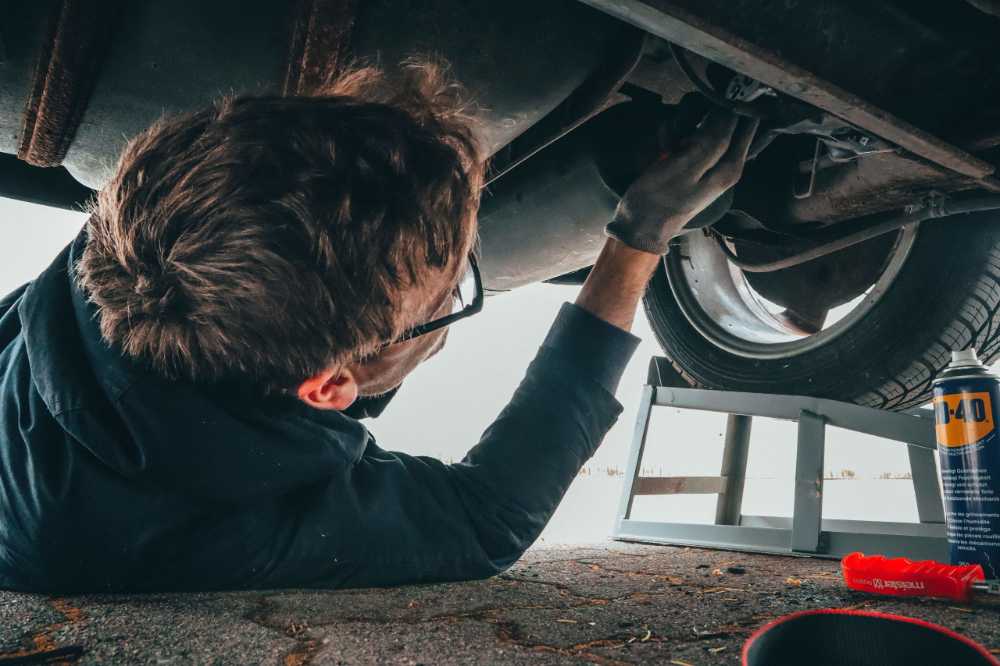Tires are one of the most important parts of a vehicle, and knowing how to test tire pressure, check for tread wear, and change a flat are important skills that every driver should know. However, a survey paid for by Michelin and the Fédération Internationale de l’Automobile revealed that 52 percent of teenagers ages 15 to 17 years old don’t know how to change a tire. Further, 44 percent can’t examine tread depth and nearly a third can’t check tire pressure.
Below is a quick guide to teach teens how to replace a flat tire.
Get Your Gear Ready
In order to change a tire, there are a few essential pieces of equipment you’ll need. Find the spare tire, a jack, and a tire iron in your vehicle. Before driving, make sure these items are included in your car. They may be located under the floor of the trunk or rear of the vehicle. Other than the tools mentioned above, all you’ll need are your hands.
Find a Personal Injury Lawyer, Near Me
(855) 529-0269Secure the Vehicle
The first step to change a tire is to secure the vehicle. Put your parking brake on. Also make sure you place stops behind the back tires and/or in front of the front tires to prevent it from rolling.
Start Loosening the Lug Nuts
Before you jack the car up in order to remove the tire, loosen the lug nuts on the tire that needs replacing. Using your tire iron, turn the lug nuts in a counterclockwise direction until loose enough to remove with your fingers, but do not remove them yet. As mentioned above, your car will probably come equipped with a tire iron. A tire iron is a type of wrench designed specifically for a tire.
You can loosen the lug nuts by placing your entire body weight into the tire iron – some use their whole body by using their feet to help them turn the tire iron. However, be careful that you don’t strip the lug nuts. If you do so, you probably won’t be able to get them off yourself.
Click to contact Chalik & Chalik's personal injury lawyers today
Jack Up the Car
When jacking up a car, it’s very important that you place the jack at the correct location. Many car frames will have an obvious spot next to the tire where a jack should be placed. Avoid areas where the plastic might crack – this can damage the vehicle and might be dangerous if the car falls back to the ground.
Place the jack against a solid part of the vehicle, and then start turning the jack. While some jacks have a handle attached to them that you can turn, others require the use of a tire iron to turn.
Using the tire iron or lever, turn the iron or lever clockwise to open the jack. Your car should begin lifting from the ground slowly. Once the car is high enough – the tire should no longer be touching the ground – you can stop opening the jack.
For a free legal consultation call
(855) 529-0269Replace the Tire
The next steps to change a tire are to finish removing the lug nuts, take off the tire, and then put on the new tire. Next, you’ll have to replace the lug nuts. Tighten the lug nuts as much as you can while the car is still jacked up. Then, slowly close the jack, lowering the car.
When the tire is safely on the ground, use your tire iron to tighten the lug nuts. You should always tighten the nuts in a diagonal pattern, tightening one nut, then the nut directly across from it.
Parents, make sure you remind your teens that a spare tire is not the same thing as a regular tire. A spare tire cannot drive as far, nor as fast, as a regular tire. As such, make sure the car is driven to a tire repair shop as soon as possible.
Additionally, the National Highway Traffic Safety Administration states that just because a tire is a spare, it’s not necessarily safe. Old spares that haven’t been used may need replacing. Before your teen hits the road, make sure your child knows how to change a tire and assess the spare for tire pressure issues, cracks, or peeling.
Call an Attorney if in a Tire-Related Accident
If you’ve been in an accident caused by a defective tire, speak with an attorney. At Chalik & Chalik, our attorneys will work with you to discover the cause of your accident, and work hard to get you the compensation to which you may be entitled. To request a case evaluation, call us now at 855-529-0269.
Call or text Chalik & Chalik
(855) 529-0269






